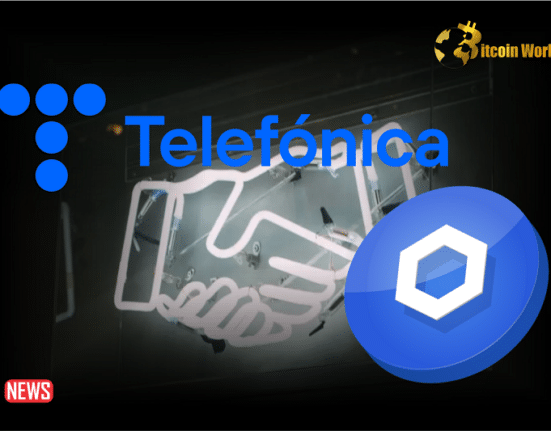Non-fungible tokens (NFTs) have arisen as a disruptive force in the rapidly changing world of finance, bringing new possibilities and uses. According to A16z’s new research on the “State of Crypto 2023,” NFT activity is increasing again, with interesting uses and applications emerging. Following a speculative phase followed by a cooling spell, NFT purchases exhibit positive growth, demonstrating the market’s maturing.
NFT-backed lending, also known as NFT lending, has emerged as a financial sector participant, altering the market and opening up new investment options for both conventional and crypto-based organizations. The “Non-fungible Token Global Market Report 2023” indicates the sector’s substantial influence, with a compound annual growth rate (CAGR) of 53.1%, rising from US$21.48 billion in 2022 to US$32.89 billion in 2023. To fully realize the promise of NFT financing, best practices, strong regulatory frameworks, and the incorporation of conventional finance concepts are required for the NFT-fi industry’s stability, trust, and long-term viability.
A partnership between crypto-native blockchain technologists and conventional finance professionals is happening in this new terrain to design protocols that capitalize on the capital efficiency of idle NFTs. These protocols seek to boost the usefulness of digital assets by providing quick liquidity.
To simplify NFT-backed financing, it is a kind of decentralized finance in which people may use their NFTs as collateral to secure loans or lines of credit. Borrowers pledge their NFTs as collateral, while lenders determine the worth of the NFT based on market pricing and other variables. If the NFT fits the lender’s criteria, the borrower may be eligible for a loan in cryptocurrency or stablecoins. The borrower is then accountable for repaying the loan plus interest within the term set. Failure to repay the loan might result in the lender seizing the NFT collateral.
One of the most significant difficulties in the NFT area is liquidity, addressed via NFT-backed funding. It allows investors to obtain liquidity without selling their digital assets, which is particularly useful when the market price is low. This method has benefits over conventional financing methods, such as reduced transaction costs, shorter approval periods, and more flexibility.
The potential for significant profits in the developing NFT sector is driving the expansion of NFT-backed finance. High-profile NFT sales have spurred investor interest, including Beeple’s EVERYDAYS: THE FIRST 5000 DAYS, Jack Dorsey’s first tweet, and LeBron James’ epic dunk. The market has increased tenfold in the last two years and is still quickly expanding. The popularity of NFTs has resulted in a thirty-fold expansion in the NFT lending space during the last year.
However, owing to the volatility of NFTs, NFT-backed loans carry considerable risks. Examples such as the “Elevated Deconstructions” NFT, in which a borrower defaulted on a debt secured by a high-value NFT, demonstrate the hazards involved. Market volatility and wash trading complicate issues even further, emphasizing the need for standardized valuation procedures and reliable NFT valuation tools.
To reduce risks, both lenders and borrowers must follow best practices. Lenders must carefully examine the value and liquidity of NFT collateral and borrower creditworthiness, diversify loan portfolios, and actively monitor market behavior. On the other hand, Borrowers should give relevant data on previous sales and market trends, diversify their NFT collateral mix, show a clear repayment plan, and have a healthy debt-to-income ratio.
Traditional finance concepts will be critical in ensuring NFT-fi’s long-term survival. Designing NFT-fi products that reduce the risk for investors by hedging and diversification, guaranteeing transparency in underlying assets, and adopting fair pricing, valuation, and liquidity methods will help to create market confidence.
NFT-backed financing has the potential to revolutionize the future of finance. It increases liquidity, reduces entry barriers, and improves market efficiency, democratizing and making credit available to everybody. NFT financing, driven by conventional finance concepts of risk management, transparency, and regulation, is positioned to play an important role in developing and accepting NFTs in the next years.















